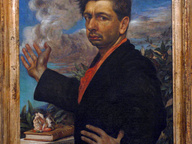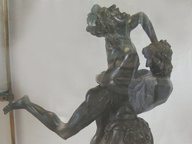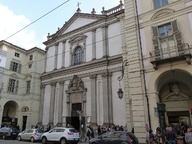Alfabeto segnico. Sergi Barnils, Giuseppe Capogrossi, Achille Perilli and Joan Hernández Pijuan
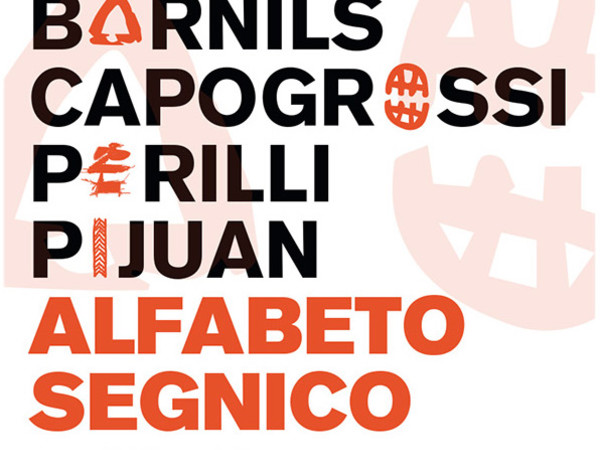
Alfabeto segnico. Sergi Barnils, Giuseppe Capogrossi, Achille Perilli e Joan Hernández Pijuan
From 15 Settembre 2017 to 29 Ottobre 2017
Milan
Place: Fondazione Stelline
Address: corso Magenta 61
Times: Tuesday – Sunday, h. 10.00-20.00 (closed Mondays)
Responsibles: Alberto Fiz
Organizers:
- Regione Lombardia
- Comune di Milano
Ticket price: Free entrance
Telefono per informazioni: +39.02.45462.411
E-Mail info: fondazione@stelline.it
Official site: http://www.stelline.it/
An exhibition featuring four artists of different generations from Italy and Spain, all in search of a primary sign. Sergi Barnils, Giuseppe Capogrossi, Achille Perilli and Joan Hernández Pijuan are the artists featured in Alfabeto segnico, an exhibition curated by Alberto Fiz coming up at Fondazione Stelline in Milan 15 September through 29 October 2017 and at CAMeC in La Spezia 4 November 2017 through 7 January 2018. Alfabeto segnico looks at the textual structures concealed in images, tracing their path from 1950 to the present day. Not writing, but a shape or sign that takes the form of a creative act, going beyond the datum belonging to sensory reality. Despite the differences in their styles, Capogrossi and Barnils, Perilli and Pijuan all share a subtle common thread, revealed by the constant aggregation of elements in an on-going revitalisation of the archetypal sign determining a progressive broadening of the painted space. About 40 works are included in the exhibition, from public and private collections including CAMeC, Mart in Rovereto, Gallerie d’Italia – Piazza Scala (a museum operated by Intesa Sanpaolo in Milan) and Museo d’Arte Contemporanea in Lissone. The exhibition aims to offer an opportunity to investigate a continually evolving linguistic process which develops, over time, into a series of variants and combinations that may be found in the work of Sergi Barnils and Joan Hernández Pijuan, two artists who have reinterpreted the lesson of the immediate post-war period by renewing the germinal, primary dimension of an imagination free of ideological conditioning. Pijuan’s irregular patterns, evoking the paths of a landscape dug into pictorial material, may be juxtaposed with Perilli’s graffiti, considered secret maps. Barnils, on the other hand, crowds his surfaces with a miniaturised sign (as in Del verger celeste, a four-metre diptych dated 2015) repeated in a liberating mantra in which the painting contains emotions, irony and an infinite number of unforeseeable combinations. While he starts out on the basis of different assumptions from Capogrossi’s, there can be no doubt that both reflect the tension toward an ars combinatoria that leads to “a proliferating multitude of what surrounds us, demanding spatial reorganisation with skilful use of a sign that takes on universal meaning and value,” as the artist’s grandson Gugliemo Capogrossi recalls.
SCARICA IL COMUNICATO IN PDF
giuseppe capogrossi ·
achille perilli ·
joan hern ndez pijuan ·
sergi barnils ·
sergi barnils giuseppe capogrossi achille perilli joan hern ndez pijuan
COMMENTI

-
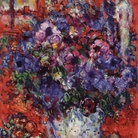 Dal 20 aprile 2024 al 27 ottobre 2024
Conversano | Castello Conti Acquaviva D'Aragona
Dal 20 aprile 2024 al 27 ottobre 2024
Conversano | Castello Conti Acquaviva D'Aragona
-
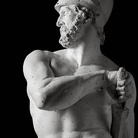 Dal 20 aprile 2024 al 29 settembre 2024
Possagno | Museo Gypsotheca Antonio Canova
Dal 20 aprile 2024 al 29 settembre 2024
Possagno | Museo Gypsotheca Antonio Canova
-
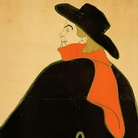 Dal 20 aprile 2024 al 21 luglio 2024
Torino | Mastio della Cittadella
Dal 20 aprile 2024 al 21 luglio 2024
Torino | Mastio della Cittadella
-
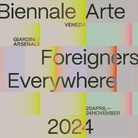 Dal 20 aprile 2024 al 24 novembre 2024
Venezia | Sedi varie
Dal 20 aprile 2024 al 24 novembre 2024
Venezia | Sedi varie
-
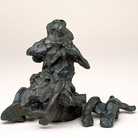 Dal 16 aprile 2024 al 15 settembre 2024
Venezia | Gallerie dell’Accademia
Dal 16 aprile 2024 al 15 settembre 2024
Venezia | Gallerie dell’Accademia
Willem de Kooning and Italy
-
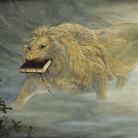 Dal 17 aprile 2024 al 22 settembre 2024
Venezia | Ateneo Veneto
Dal 17 aprile 2024 al 22 settembre 2024
Venezia | Ateneo Veneto

